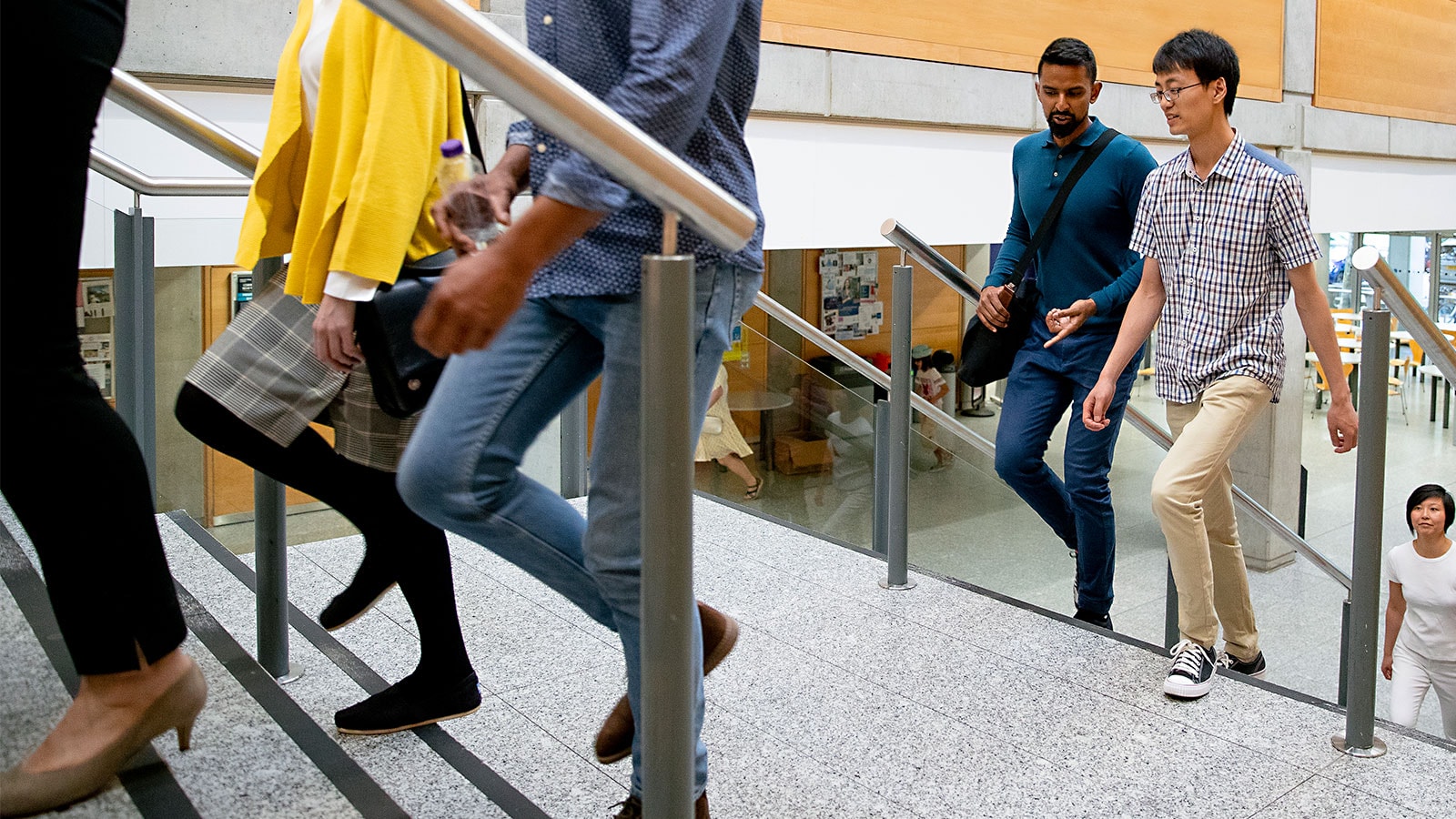{{item.title}}
{{item.text}}

{{item.text}}
Rather than seeing it as a temporary disruption before a return to business as usual, it is a timely opportunity to look at how the sector can respond to this disrupted environment, so that it continues to be an engine of innovation, creativity and productivity.
In the 20 years before COVID-19, the higher education sector in Australia has successfully grown international sources of income, with campuses designed for large-scale in-person engagement. At the same time, increasing digitisation has introduced online alternatives from local and international providers for short-courses and professional development that cover the full cost spectrum of no, low and high fees. In a COVID-19 disrupted world, higher education institutions are left with many choices in how they respond and what this means for their multiple purposes.
To reposition and grow, PwC thinks that institutions now need to reclarify what they want to stand for and plot their path ahead so that they become ‘fit for the new normal aligned to a clear purpose’. This will energise their faculty, students and communities and help them make important trade off decisions on where to channel their resources.
Explore our various points of view and industry examples at the pages below or scroll down to find out more about questions higher education institutions should be asking in our interactive diagram below.
Tomorrow’s successful educational institutions will have distinctive brands that reflect their purpose and a clear focus on excellence in defined areas (e.g. disciplines, geographies).
What is your promise to students, staff and society?
In what areas of research can you exert disproportionate impact, at national and international levels?
What learning and employment outcomes fit with your purpose? What types of students, courses and delivery modes will most effectively meet these goals?
What strengths, experiences and qualities can you offer that have a disproportionate impact on attracting and retaining students and research talent?
What unique values, qualities or contributions do you want to see your institution providing to your community and the nation?
COVID-19 brought sudden disruptions to student income and technology systems, but it also accelerated long term trends in student and society expectations and has left institutions with offerings, assets and capabilities that may not be fit for purpose. To become fit for their chosen purpose, institutions are recognising they will need to reshape their organisation to succeed in the new normal.
With constrained resources, should institutions spread them more thinly across the same portfolio of teaching and research activities or rationalise the portfolio and focus resources on fewer but more tightly defined priority activities?
As an institution, your physical size and shape are about the reach of your faculties, networks, physical presence, as well as the number of people in your community of students and staff.
Institutions must invest in an adaptable digital spine that connects people, data, applications and physical assets through seamless experiences and enables them to evolve at the pace they need.
Irrespective of an institution’s purpose, size and shape we think there are six enablers of success that every institution will need in the new normal.
Click on each of the enablers to find out more.
Financial flexibility and sustainability will enable your institution to not only survive but also thrive in a more volatile and unpredictable world.
To attract talent, funding and partners, institutions should make it their business to know their students’ needs, priorities and challenges and be obsessive about how these are measured and acted upon.
Mutually beneficial and enduring partnerships with industry and government are necessary to ensure a university’s performance and outputs continue to have industry relevance and regulatory and government support.
A workforce with the right skills, agility, tools and ways of working will be essential to thriving in the new normal.
Successful higher education institutions will be able to support their students’ life and career objectives by optimising support and course offerings, and gently guiding and reinforcing positive behaviours (i.e. ‘nudging’).
Community trust is built by demonstrating you can be a custodian of public funds, have strong cybersecurity and will use data ethically.
{{item.text}}

{{item.text}}

